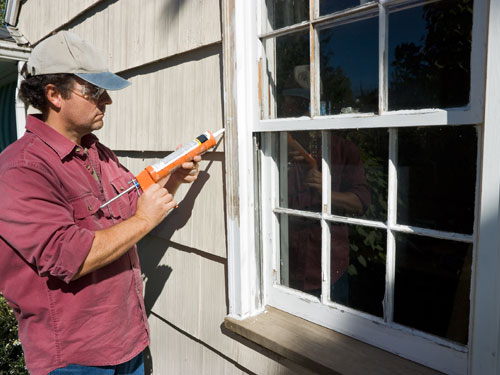There are many reasons why health experts advise people to avoid the attic on a hot day, but all of these have greatly to do with how intensely hot it can get in that room since it receives generous blasts of the sun’s heat and rays. People may not necessarily get sunburn from hanging out in the attic over the summer, but they can sure pass out due to heat exhaustion for the temperature can get seriously high – it’s bound to be stuffy and hot, almost as if one’s inside an oven.
According to the HVAC experts of Ventwerx HVAC, attics do not have to mimic the temperature inside an oven because something can be done with all that heat. With proper insulation, they can actually become more comfortable. What’s more, insulating it can also improve the overall climate indoors. Therefore, homeowners who wish to save energy on heating and cooling must direct attention toward their attics because a few changes to this room can turn their home into a model of comfort, energy and resource efficiency.
One of the things to check out first is the presence of attic air leaks; these are basically gaps and openings (such as those around lighting fixtures, doors, windows and pipes) where air seeps out. Air leaking into and from the attics can cost a lot of money; studies reveal that about 30 percent of “conditioned” air is lost through them. In addition to this, they also prompt air conditioning units to work double-time to achieve the right temperature inside the house, making them consume much more fossil fuel-produced energy.
If you want to address this problem promptly, air sealing the attic is part of insulation installation. To go about this task efficiently, here are some tips that you can follow.
- Check the ceilings and all the implements installed in it like the ceiling fans, electrical outlets, pipes, flues and chimneys, access hutches, and heating and air conditioning ducts. You can use acrylic latex or silicone caulk as sealants for the cut-outs created for these implements.
- Use polyurethane foam in a can for large gaps such as those around plugs, vents, and plumbing pipes.
- Apply caulk around windows as well, especially if they already tend to rattle. The caulk will not only prevent air leaks but can make the windows more stable, too.
- For attic doors, on the other hand, foam type tape can seal air leaks — ditto with adhesive back felt with flexible metal reinforcement.
Once you’ve properly sealed the attic and installed appropriate insulation, you can expect to observe a difference in your home’s climate and electricity consumption.



